
E-Collar Training 101: The Trusted Method Used by SportDOG® Experts
Posted by The SportDOG StaffTraining your dog is an exciting journey, but with so many methods available, it can be overwhelming to know where to begin. With countless techniques shared by professional trainers and online sources, simply choosing a training style can feel like a challenge.
At SportDOG®, we’ve spent decades learning the best training method to deliver clear, consistent results and make the transition to using an e-collar seamless. This guide will walk you through this proven approach, one that has helped millions of DIY trainers at home and professional handlers achieve reliable, off-leash control while keeping their dogs safe and confident.
We’re not saying this is the only way to train—but we know it works. Backed by years of success from our SportDOG ProStaff and trusted by dedicated trainers worldwide, this method lays the foundation for effective, real-world obedience. Let’s get started.

Understanding "Pressure On, Pressure Off"
At the heart of this dog training method is this fundamental principle: "Pressure On, Pressure Off." This method teaches your dog to respond to subtle cues, reinforcing that following commands is always the easiest and most rewarding option.
In this training approach, pressure can take many forms—being held, tension on the leash, e-collar stimulation, etc. The key to success is consistency. Pressure is applied when your dog resists a command and is immediately released when they comply. This creates a clear cause-and-effect relationship, helping your dog confidently navigate training with well-defined expectations.
When executed correctly, "Pressure On, Pressure Off" is not about punishment—it's about communication. Your dog learns to make the right decisions on their own, strengthening their responsiveness and building trust between you and your canine partner. Remember to keep sessions short and always end on a good note.

Step 1: Establishing Pressure with Hands-On Training
Training starts with hands-on interaction, even before a leash is introduced. If you’ve ever taught a dog to “sit,” you’ve likely used the pressure on, pressure off method whether you realized it or not. You hold the treat high, so their nose is up, and you push down on their backside. What happens as soon as they sit? You release the pressure from their backside and reward them with the treat and verbal praise. Pressure on when your dog is resisting the sit, and pressure off when they comply.
Introducing this method can start on the first day you meet your new puppy. When you pick up a young puppy and they struggle in your arms to get down, don’t immediately put them back on the ground. Instead, apply gentle but firm pressure by holding them close to your chest. If they resist, maintain or slightly increase the pressure based on how much they struggle. The moment they stop struggling, release the pressure and reward their calm behavior by placing them back on the ground, where they want to be.
These simple exercises teach your dog that resistance leads to continued pressure, while compliance results in release and reward. This foundational lesson carries over into all aspects of training.
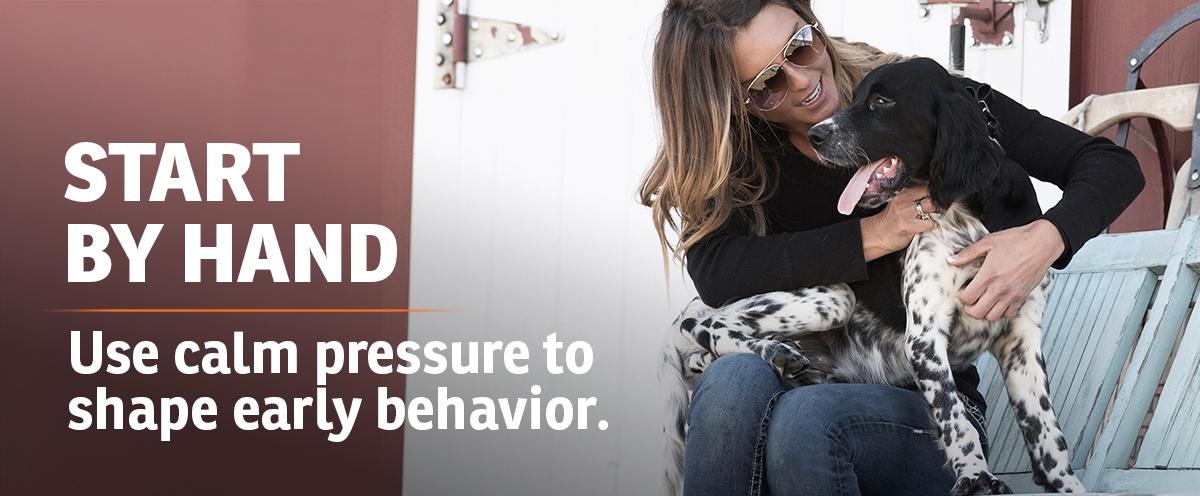
Step 2: Introducing the Leash
Once your dog understands the basic concept of pressure and release, it's time to introduce the leash. The leash is essential for maintaining control and being able to manually direct your dog to the right response to release pressure. We recommend using a training chain or slip lead so you have flexibility in the amount of pressure you can apply.
- Applying Leash Pressure – When giving a command, such as "sit," "come,” or "down," add pressure by applying slight tension to the leash. If your dog resists, maintain or slightly increase the pressure and help guide them to the correct response manually. Apply the pressure in a way that makes the most sense, for example: pull up to encourage a sit, down to encourage a down, and towards you to encourage a recall.
- Releasing Pressure Upon Compliance – The moment your dog responds correctly—whether sitting, laying down, or coming towards you—immediately remove the pressure by releasing the tension in the leash and praise them.
- Building Repetition and Clarity – Repeat this process consistently so your dog learns that following commands results in a comfortable, pressure-free experience.
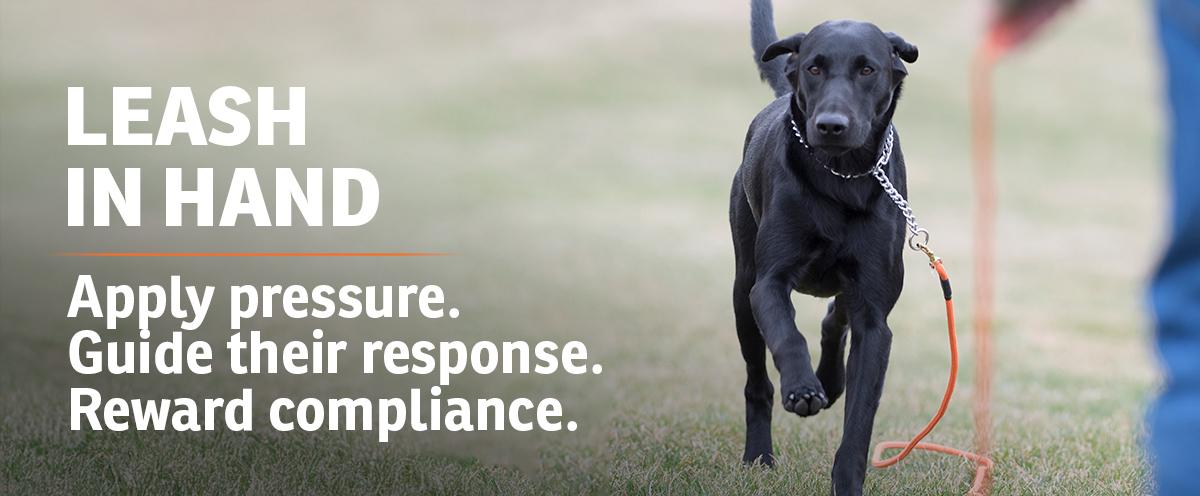
Step 3: Transitioning to E-Collar Training
Once your dog is consistently responding to leash pressure, you can introduce an e-collar to reinforce these lessons. The goal is to apply the e-collar stimulation in the same way the leash pressure was applied—something your dog understands. If you are still searching for the right e-collar, check out our e-collar guide here.
- Pairing the E-Collar with Leash Pressure – Begin at the lowest stimulation level that your dog recognizes. Always apply the e-collar pressure at the same time you apply leash pressure to build an association between the two. When your dog complies to the command, release the leash and e-collar pressure at the same time.
- Teaching Off-Leash Control – As your dog gains confidence and learns that the e-collar is no more than an invisible leash, gradually phase out the leash, using the e-collar alone to reinforce commands.
- Maintaining Clear Communication – Always ensure that the e-collar is used as a reinforcement tool, not a teaching device. If you are teaching something new, bring the leash back out. The e-collar is only meant to reinforce what your dog already knows.
- Clearing Up Confusion – If at any point your dog seems confused about what they need to do to turn off the pressure, go back to the previous stage to help clarify. For example, if you’ve moved to e-collar only, return to using the leash and e-collar together to reclarify the desired response.
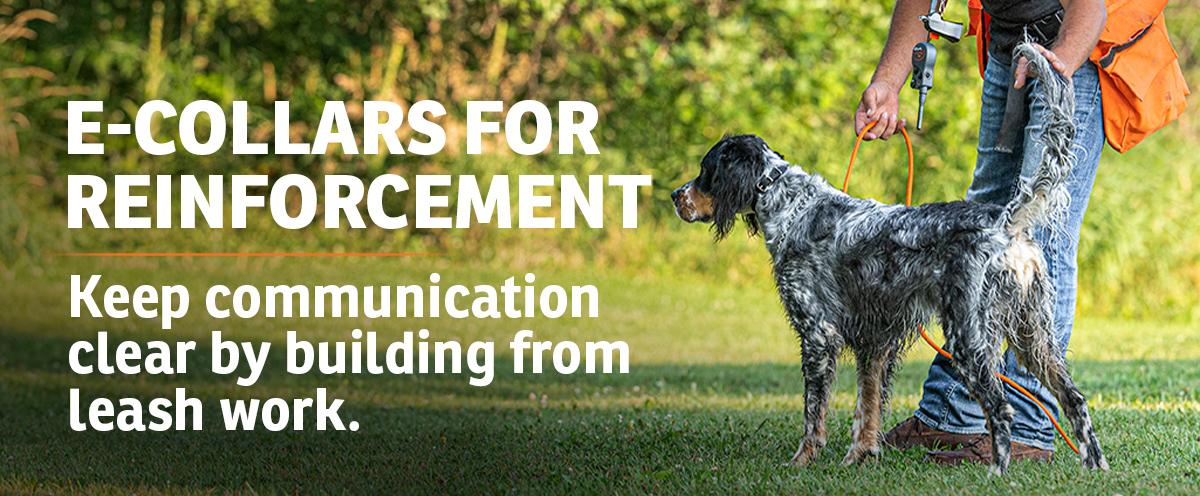
Step 4: Reinforcing Obedience in Real-World Scenarios
The final stage is ensuring your dog can follow commands reliably, even in high-distraction environments. When training a hunting dog, consider everything they’ll experience on a hunt, from decoys to gunfire, and ensure they aren’t experiencing it for the first time on a real hunt.
- Practicing in Different Locations – Gradually expose your dog to new settings with more distractions. Start in a quiet, controlled setting and gradually advance to busy, chaotic environments.
- Introducing Distractions – Incorporate other dogs, people, loud noises, and wildlife into training sessions to test responsiveness.
- Ensuring Consistency – Training doesn’t stop once your dog learns a command. Regular practice ensures long-term obedience and reliability.
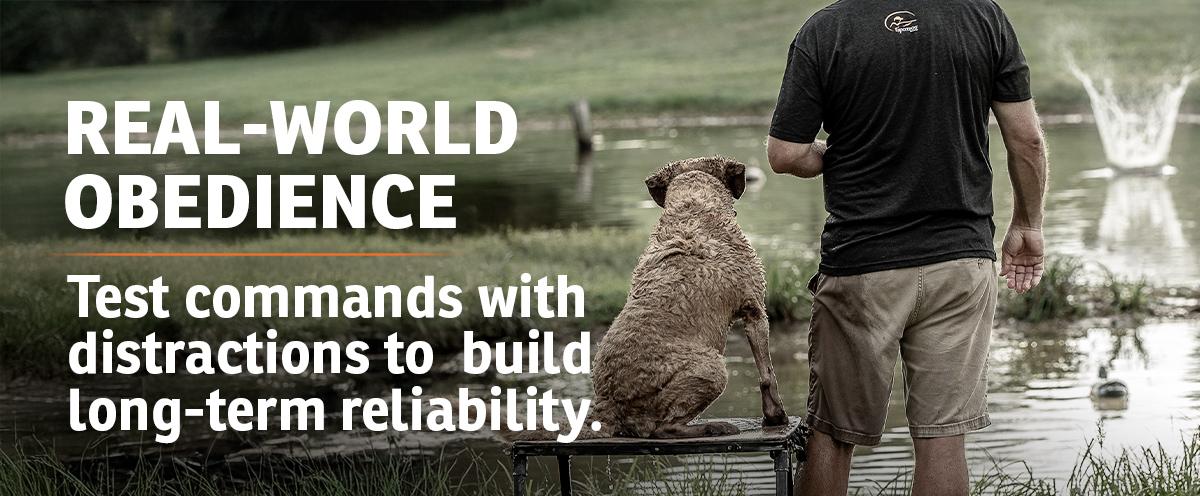
The Key to Long-Term Success
The "Pressure On, Pressure Off" method builds a strong training foundation that makes advanced techniques, including e-collar use, seamless. By progressing through hands-on training, leash work, and eventually off-leash reinforcement, you create a clear and fair communication system for your dog.
At SportDOG®, we believe that great training isn’t about taking shortcuts—it’s about using the right tools at the right time. Whether you're training a family companion or a high-performance hunting dog, this method ensures clear expectations, reliable responses, and a stronger bond between you and your dog.
Stay patient, stay consistent, and trust the process—the results speak for themselves.
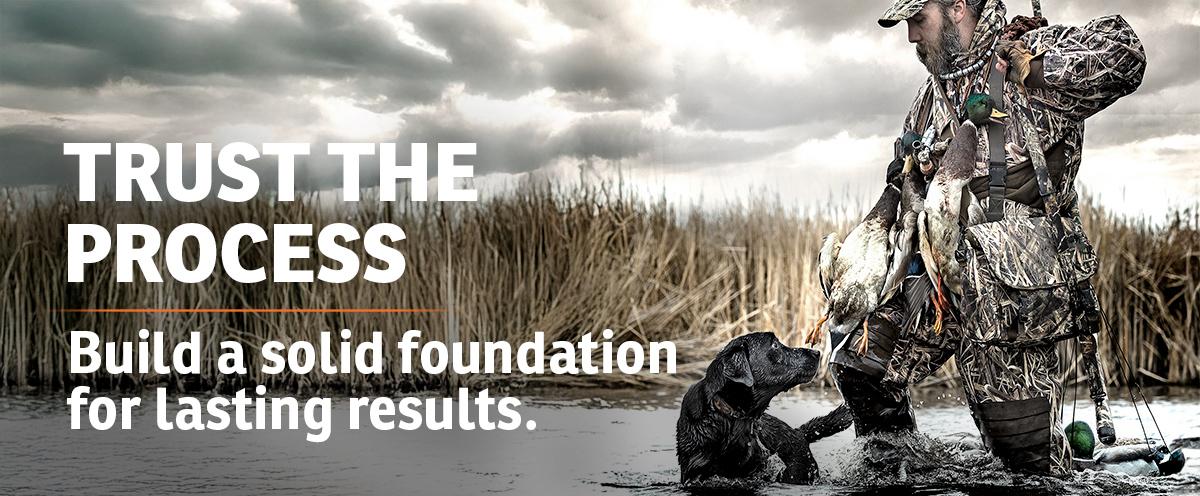
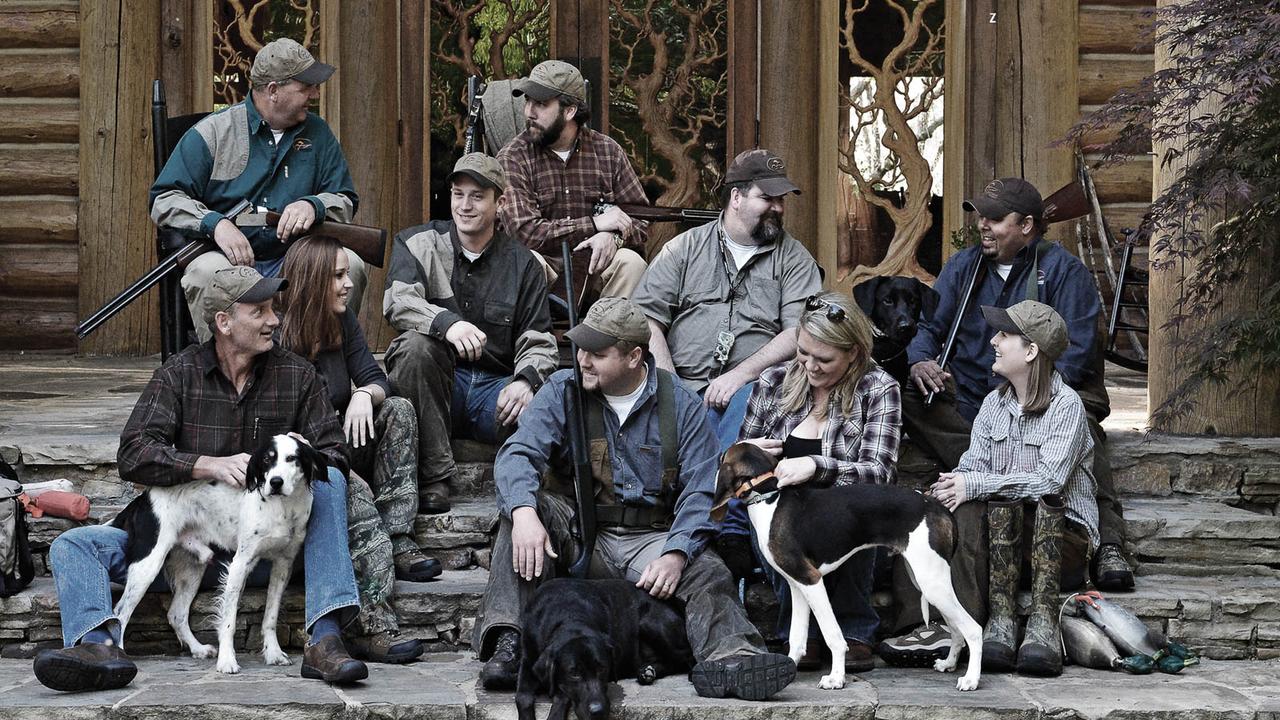
The SportDOG Staff
Related Products
Related Articles

The Ultimate SportDOG Guide: Choosing the Best E-Collar for Your Dog
by The SportDOG Staff
In this guide, we’ll walk you through how to choose the best e-collar for training your dog, ensuring that when the time comes, you’re equipped with a tool that’s up to the task, no matter how tough the conditions.

Finding Your Dog's “Just Right” E-Collar Level
by The SportDOG Staff
Many times, for a new hunting dog owner who’s just purchased their first remote trainer, there’s an urge to strap on the collar right away and start pressing buttons. Some novice trainers mistakenly think that a modern e-collar is a magic remote control, in which dogs instantly and robotically obey...




